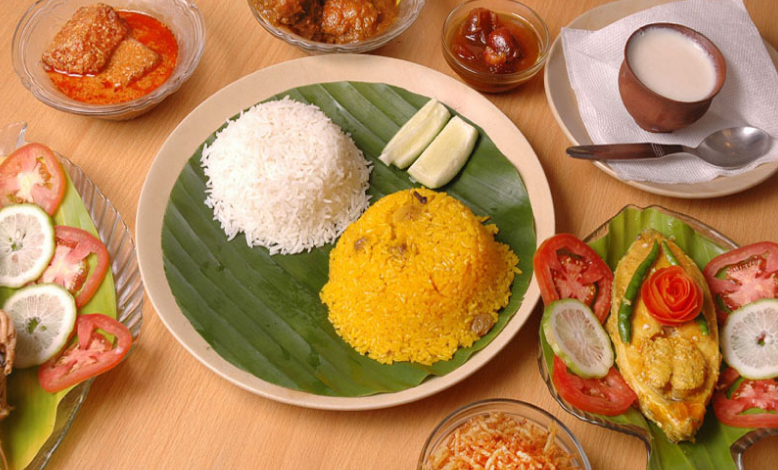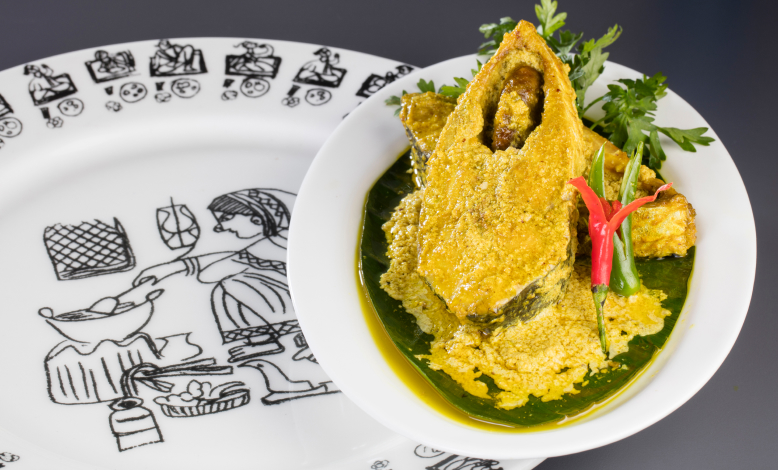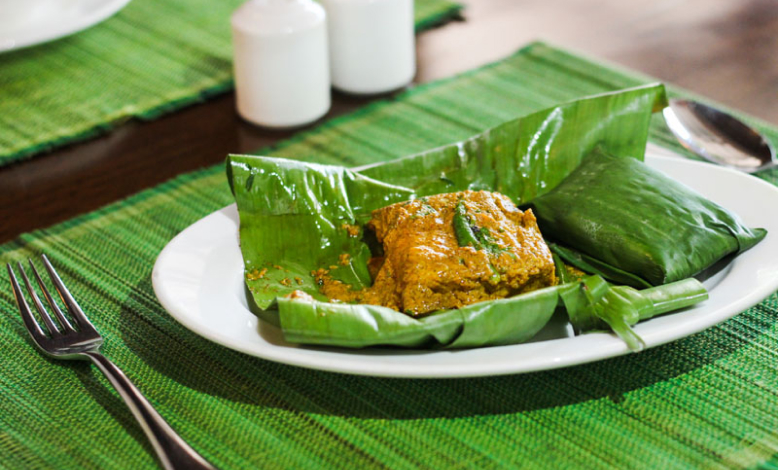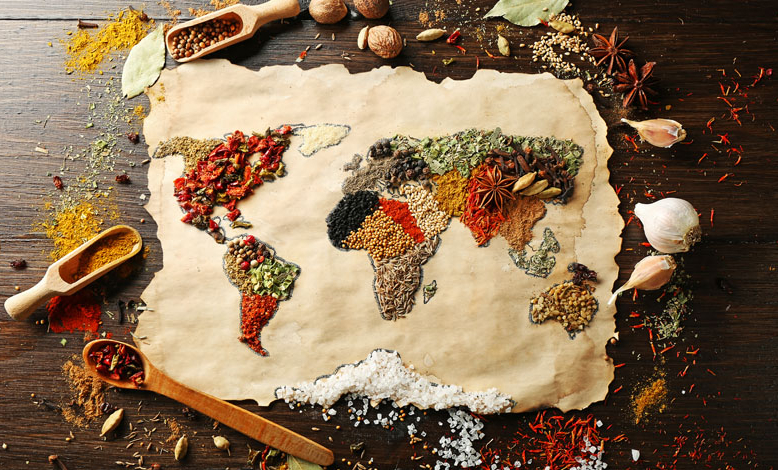

The food culture of Bengal has witnessed evolution, over time, but the traditions of Bengali cuisine have remained intact, preserved for generations. The elaborate dishes are prepared in the kitchens, for the family, and it is usually a five course meal. Bengalis are popular for celebrating their appetite with a varied mix of dishes – from savoury to sweet, from vegetarian to non vegetarian, from subtle flavours to rich, deliciously spicy preparations.
As a gastronome, you can take a trip down Bengal's amazing palate, with restaurants like 6 Ballygunge Place curating the time-preserved recipe secrets for you. There's a little something missing though – to truly experience the flavours of Bengal, one must understand the soul of Bengali cuisine and relish the delicacies like a true Bengali would. Here's a sneak peek into the world of Bengali cuisine and how to enjoy it best.
Master the art of eating without the fork and spoon
Bengalis, like the rest of India, believe that food is best enjoyed when eaten with the hand. A complete experience of textures and flavours can be witnessed, by forming an intimate relationship with the soul of Bengali cuisine. Bengalis prefer eating with the right hand as eating with the left hand is considering unclean and offensive. Some people eat with their fingers barely touching the food, and consider themselves the Bengali elite. Mothers usually make round balls of mashed food, to feed the kids, while some others prefer kobji dubiye khawa, which is mixing the rice before adding different preparations to their staples.
Discover the joy of deliciousness served on a kolapata
The most traditional form of Bengali cutlery, which dates back to times before brass, copper or bell metal were the predominant form of cutlery in every Bengali household, is the kolapata. The banana leaf is used not only in preparing celebrated Bengali dishes like the Bhetki Paturi but also to serve food.
The ritual starts with people washing their hands, and being seated on the floor on an ashon or a handwoven mat, with the kolapata laid out in front of them. People usually have a brass glass to drink from, and in earlier times the man of the household would be served by the lady of the household, and she would use a haathpakha to fan him while he eats, to make his meal an even more enjoyable experience. With the changing times, these practices have become less prevalent, as most enjoy their meals in the comfort of a dining room with luxurious seating arrangements.
Understand the order – Paate Paate Bangali Shaad
The first course of the extravagant Bengali meal starts with begun bhaja, shukto and fresh ghee. Before one starts their meal there is always a wedge of lime, salt, and a green chili placed on one corner of the plate, as a mandatory ritual. The next course includes daal or lentils made with either gourd or the head of a carp, and other fried vegetables as sides. The next course either includes carp kalia, or traditional shorshe fish, followed by kosha mangsho and light and fluffy fried luchis. Shesh paate mishti – Bengalis love their sweet meats and there at least three servings of the same, in the last course. A typically Bengali chutney is served with fried papads, following which comes the unbelievable Roshogolla and the rich mishti doi. After this meal, Bengalis love cleansing their refined palate with a light paan.
An insight into the indispensable tools of preparation
Bengali households have used the boti since times immemorial. The ladies place one foot on the base of this chopping device and with skilled expertise, they slice the vegetables or turn them into tiny dices using the extended blade, fixed on the base – It is truly an incredible feat to watch the kitchen experts in action. The shilnora is a mortar pestle made of stone, only the mortar is comparatively larger and flat, with unique engravings done on it. The pestle resembles a stone rolling pin which also has engravings on it, made by local artisans making a living with their humble earnings. These stone cutters can be seen strolling in the streets of Kolkata, announcing their arrival by calling out to people, and make elaborate designs on the shilnora to help polish it and make it coarser to enable better grinding of spices.
Know your manners like a Bangali
Bengalis are very particular about finishing their food, and insist that guests eat to their heart’s content. It is considered a compliment to finish the food, and a gesture of respecting the culinary skills of the one preparing the meal. Bengalis share their food with each other, but make sure there are separate serving spoons for each dish. They enjoy each course thoroughly before proceeding to the next and there is usually someone who serves everyone after a course is over. Table conversations are an important part of Bengali households and everything from culture to literature, politics, music and sports is discussed, with intermittent bursts of exclamation about the deliciousness of the food.
So there you go! Now you know how to truly enjoy a Bengali meal, and it’s time to put your newfound skills to good use with a celebration for your appetite.
Bhalo kore kheyo! [Translation : Happy eating to you!]




